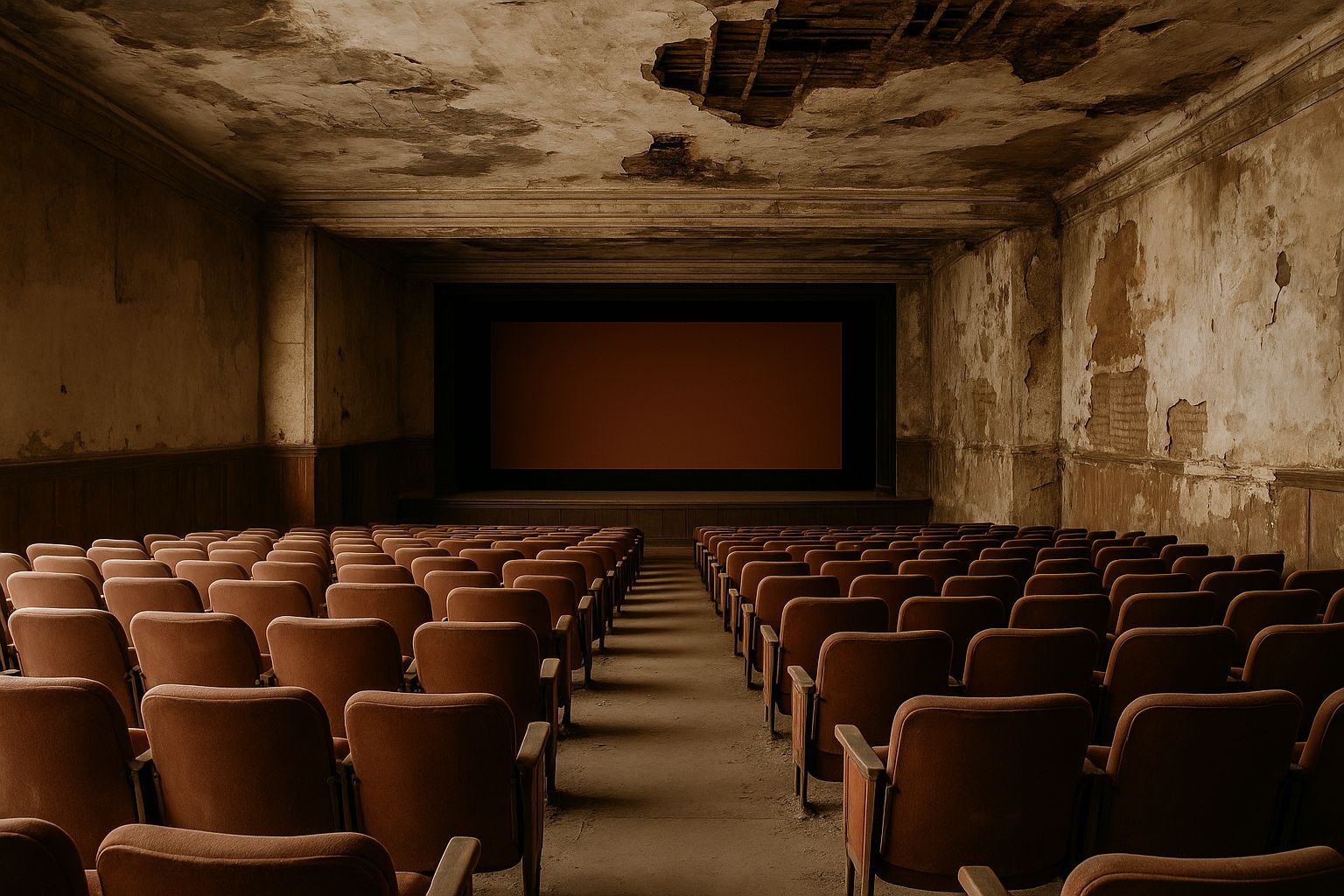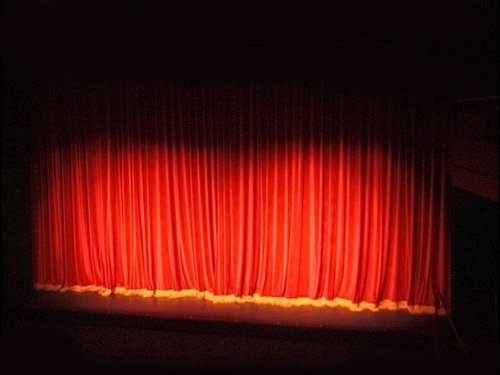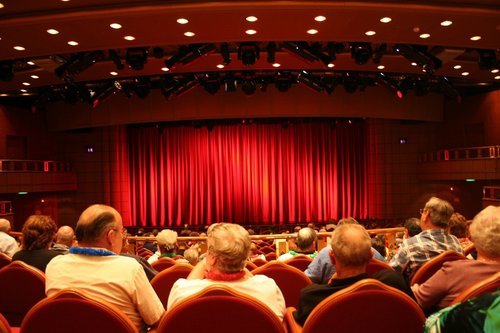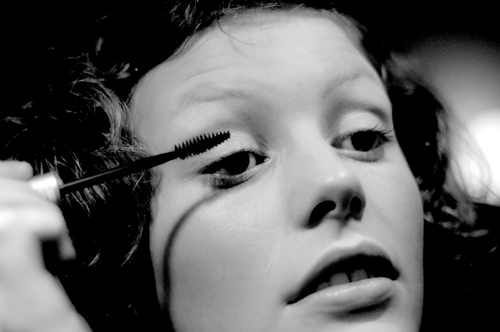What Did a Ticket to the ‘Everything’ Cinema Actually Buy You?
Picture a bustling Paris boulevard in 1906. A well-dressed crowd files into the ornate Omnia-Pathé theater, drawn by promises of a complete evening’s entertainment under a single roof. What exactly were they about to experience? Unlike today’s carefully marketed single-feature screenings, an Omnia ticket meant something radically different: a curated variety program that could last hours, blending news, comedy, drama, travel footage, and a featured attraction into one continuous show. This wasn’t just a movie—it was the cinematic equivalent of an everything store, long before that phrase entered our retail vocabulary.
The Omnia-Pathé brand, launched by the French media giant Pathé during the company’s explosive growth in the early 20th century, pioneered a foundational promise that has continuously evolved through the American multiplex, premium large formats, and today’s on-demand streaming platforms. The concept of delivering comprehensive variety in one package forms the DNA connecting those early silent-era programs to the endless scroll of Netflix’s homepage. What follows is a journey through more than a century of cinema exhibition, tracing how the ‘everything’ promise has adapted to changing technologies, audience expectations, and competitive pressures while remaining remarkably consistent at its core.
Inside the Original ‘Everything’ Program
A typical Omnia-Pathé screening in the 1910s delivered far more than a single story. Audiences settling into their seats could expect a carefully structured variety package designed to appeal to multiple sensibilities within a single household. The program might open with a newsreel—Pathé pioneered this format in 1908—offering glimpses of current events from around the globe. Coronations, sporting events, natural disasters, and political gatherings flickered across the screen, bringing distant worlds into the neighborhood theater. Following the news, a short comedy might lighten the mood, perhaps featuring slapstick performers whose physical humor transcended language barriers in the silent era.
The middle portion of the program typically featured travelogues—exotic footage from colonial territories or European landmarks—and perhaps an installment of a dramatic serial, those cliffhanger narratives that guaranteed return business week after week. Only then would the main feature appear, often a dramatic production or longer comedy that served as the evening’s centerpiece. This structure created a rhythm of engagement, moving audiences through different emotional registers and subject matter, ensuring that even if one segment didn’t captivate, another would. The commercial logic was brilliant: by offering multiple genres and lengths, Pathé theaters appealed to the widest possible demographic and created natural word-of-mouth opportunities as patrons discussed their favorite segments.
To make this concrete, imagine a hypothetical 1912 program listing:
- Pathé-Journal: Ten-minute newsreel featuring footage of the Balkan conflicts and the launch of the RMS Titanic
- Max Takes a Bath: Five-minute comedy short starring Max Linder
- Fantômas, Episode 3: Twenty-minute installment of the popular crime serial
- Wonders of the Swiss Alps: Eight-minute travelogue with tinted scenes
- Queen Elizabeth: Forty-minute dramatic feature starring Sarah Bernhardt
This variety-pack approach represented a fundamental shift from earlier film exhibition practices. In the 1890s and very early 1900s, according to research on early cinema history, films were often presented as single-subject novelties at fairs, vaudeville houses, or penny arcades. Pathé revolutionized the experience by creating a curated, theater-specific program that elevated moviegoing from a curiosity to a respectable leisure activity worthy of dedicated venues and repeat visits. The ‘everything’ program became the standard exhibition model for decades.
The Multiplex Reinvents the Promise of Variety
Fast-forward to the 1970s, and the cinema landscape faced a crisis. The grand single-screen movie palaces that had dominated mid-century exhibition were struggling. Television had decimated weekly attendance, and audience tastes were fragmenting in ways that made programming a single feature increasingly risky. The solution arrived in the form of the multiplex—not a revolution, but an evolution of the Omnia-Pathé philosophy adapted to new architectural and economic realities. Instead of offering variety within a single program, the multiplex delivered variety across multiple screens under one roof.
This spatial reconfiguration of the ‘everything’ promise proved remarkably effective. A single building could simultaneously screen a blockbuster action film, an intimate drama, a family comedy, and perhaps a horror film, each finding its niche audience without competing for the same seats. The multiplex became the new town square for entertainment, fulfilling the same democratic function as those early French variety programs: something for everyone, ensuring that families and friend groups with divergent tastes could still gather at a common destination. The decline of appointment-viewing monoculture—when everyone saw the same film—was offset by the rise of choice within a centralized hub.
This principle of a centralized hub offering diverse resources wasn’t limited to entertainment. The modern business world relies on a similar philosophy, where a well-structured corporate intranet platform like Omnia provides employees a single point of access to company news, resources, tools, and communications—essentially delivering professional variety and utility through one integrated system. Whether in cinema or corporate environments, the ‘everything’ model reduces friction and increases engagement by consolidating access.
How to Spot ‘Omnia’ DNA in Your Local Theater
Walk into any modern cinema complex and the Omnia-Pathé legacy reveals itself in multiple ways. Use this quick checklist to identify how thoroughly today’s theaters have inherited and adapted the ‘everything’ promise:
- Multiple genres playing simultaneously: Action, comedy, drama, horror, animation, and documentary titles all available at staggered showtimes
- Tiered experience options: Standard screens alongside premium formats like IMAX, Dolby Cinema, or 4DX, offering choice in how you consume the same content
- Pre-show variety programming: Advertising, trivia games, behind-the-scenes featurettes, and trailers function as the modern equivalent of newsreels and shorts
- Expanded concession variety: Far beyond popcorn and soda, today’s theaters offer gourmet foods, alcoholic beverages, and sometimes full restaurant service, extending the ‘everything’ experience beyond the screen
- Event programming: Live broadcasts of opera, sports, concerts, and gaming tournaments diversifying what a “movie theater” can present
The evolution of cinema technology represents a constant push toward more immersive and varied options, a trend tracked closely by the European Audiovisual Observatory and other industry regulators who study how exhibition adapts to digital opportunities while maintaining cultural and social value. Each technical advancement—from sound to color to digital projection to premium formats—has expanded rather than replaced the variety proposition.
From Premium Formats to the Living Room Couch
The latest evolution of the theatrical ‘everything’ promise manifests in premium large formats that proliferate across modern multiplexes. IMAX screens dominate with floor-to-ceiling images and precisely calibrated sound systems. Dolby Cinema adds laser projection and haptic seating. ScreenX wraps imagery across three walls for an immersive surround experience, while 4DX adds motion, scents, and environmental effects. These aren’t just superior presentations—they represent a new dimension of variety, offering audiences a choice of how they experience the same narrative content. Want the director’s intimate vision? Choose a standard screen. Crave sensory overload? Book the premium format. The menu of options has never been broader.
Yet even as physical theaters expanded their variety offerings, a seismic shift was brewing. The rise of streaming platforms represented perhaps the ultimate expression of the Omnia-Pathé legacy—a digital ‘everything store’ that made the multiplex’s dozen screens seem quaint by comparison. Netflix, Max, Apple TV+, and their competitors offer thousands of titles instantly accessible, with intuitive interfaces that curate personalized variety programs for each viewer. During awards season, this abundance becomes particularly striking as studios release acclaimed films simultaneously or exclusively on streaming platforms, creating virtual screening rooms accessible from any couch.
This fundamental transformation of how exhibition moved from theaters to streaming platforms has redefined not just where audiences watch, but their entire relationship with cinema as a medium. The theatrical experience once guaranteed a shared cultural moment—everyone in the auditorium experienced the same program at the same time. Streaming atomizes that collective experience into millions of individual viewing decisions, yet paradoxically delivers on the Omnia promise more completely than ever before. The variety available at any moment is functionally infinite, the program personalized, the access frictionless. Whether this represents progress or loss remains hotly debated among cinema purists and digital natives alike.
The ‘Everything’ Experience Continues Its Evolution
From the variety programs projected in ornate Parisian theaters to the algorithmic recommendations populating streaming homepages, the throughline is unmistakable. The Omnia-Pathé model established a fundamental expectation that cinema exhibition should deliver comprehensive entertainment options, not merely a single offering. The multiplex adapted this by spreading variety across physical spaces rather than sequential time. Streaming platforms have taken the concept to its logical extreme, offering effectively unlimited variety on demand. Each iteration has responded to its era’s technological capabilities and competitive pressures while maintaining the core promise: something for everyone, accessible through a single point of entry.
The desire for choice, novelty, and a comprehensive entertainment package has proven to be a constant driver of the film industry for over a century. What will the next iteration of the ‘Omnia’ promise look like as we move deeper into an age of artificial intelligence curation, virtual reality experiences, and interactive media that blurs the line between viewing and participating? Will we see hyper-personalized theatrical experiences with AI-edited programs? Virtual cinemas that feel communal despite geographic separation? The foundational concept—delivering everything audiences want through technological and curatorial innovation—seems likely to endure even as the delivery mechanisms continue their relentless evolution. Some interactive features and historical clips referenced in this article may require you to enable Javascript in your browser.




















